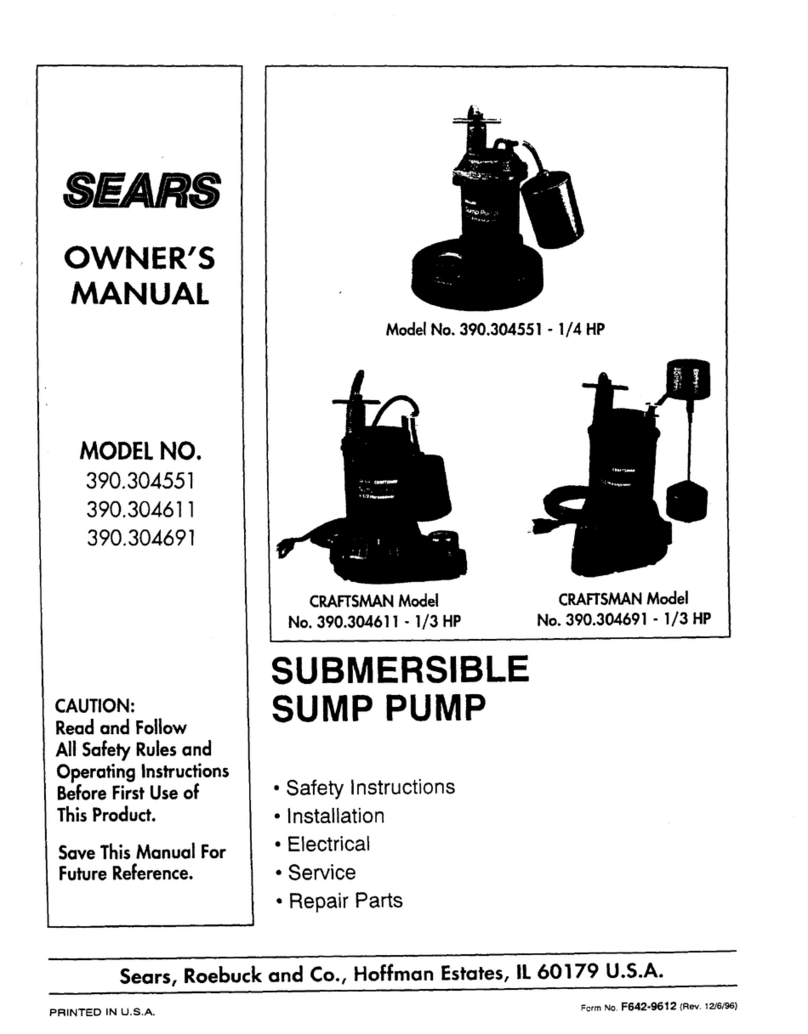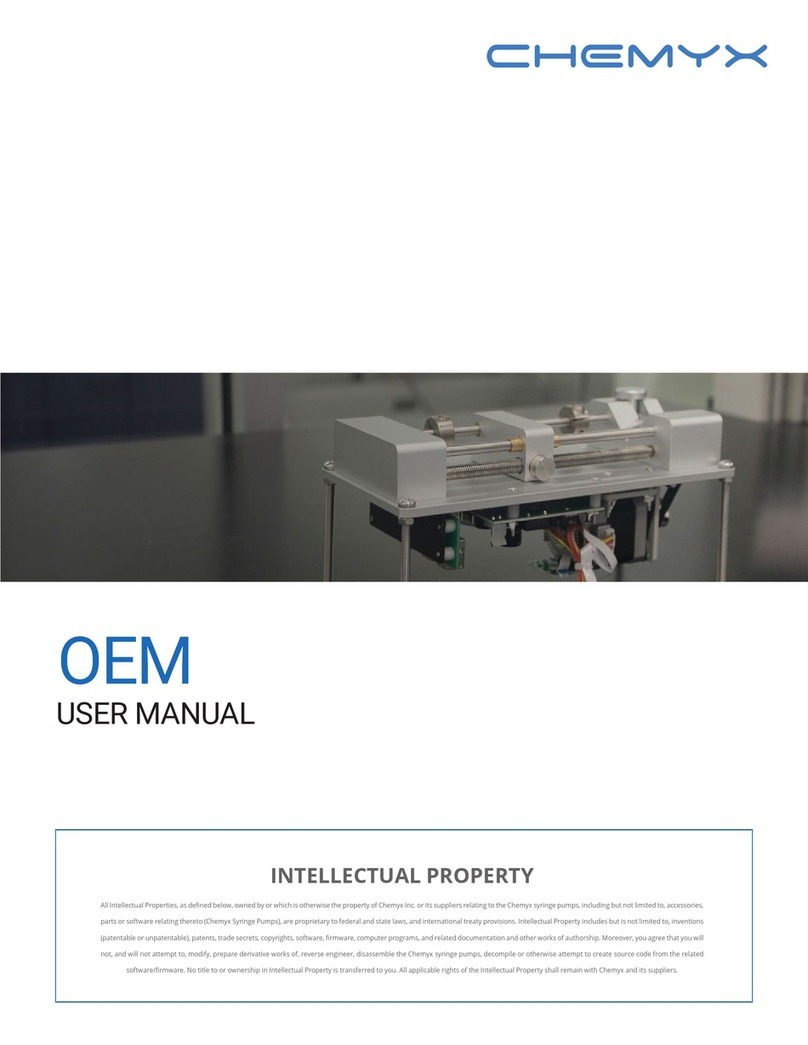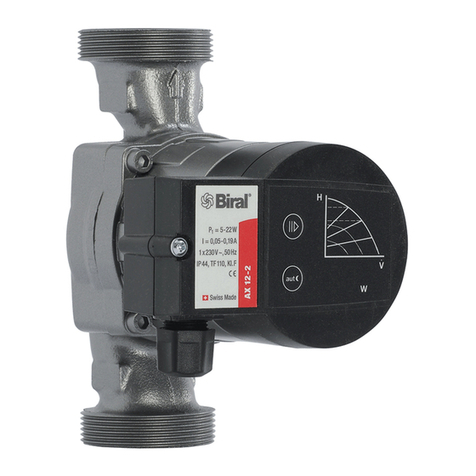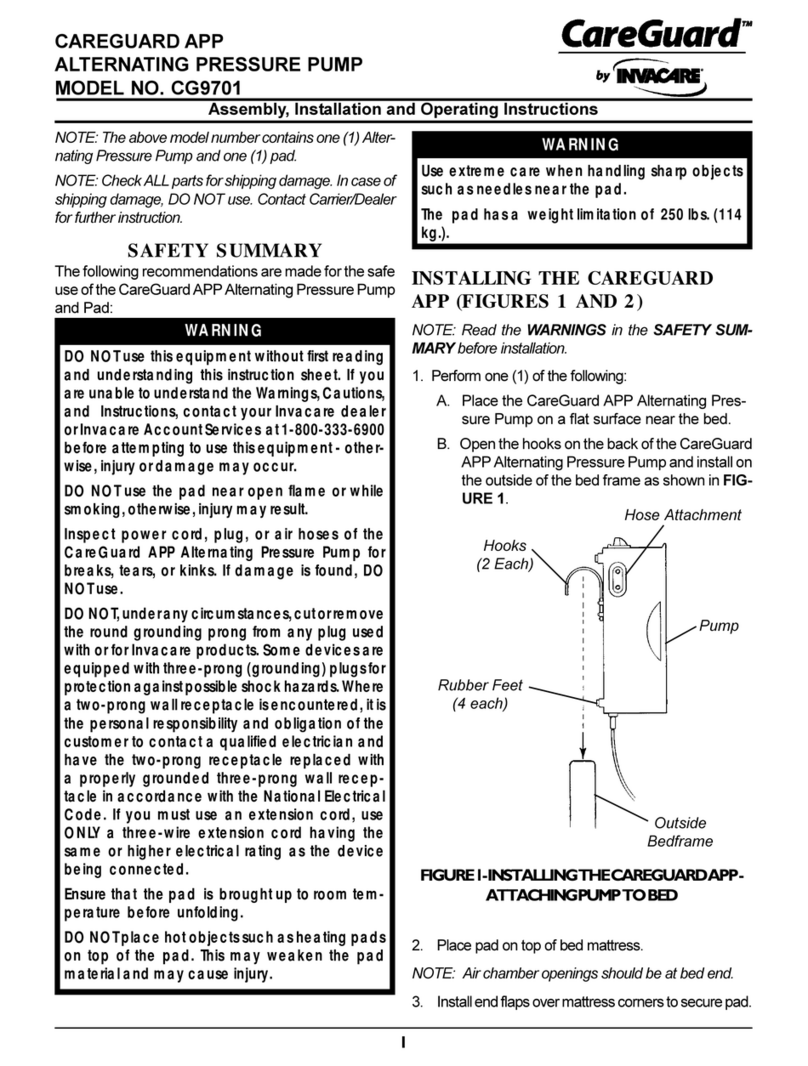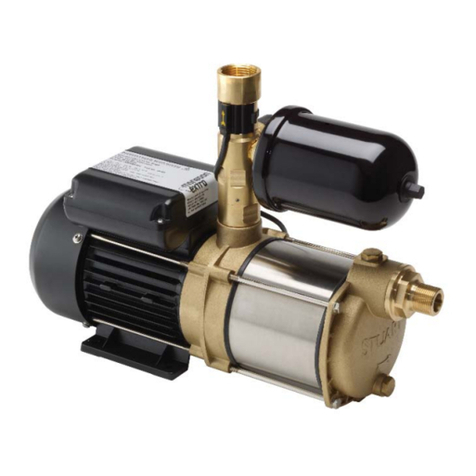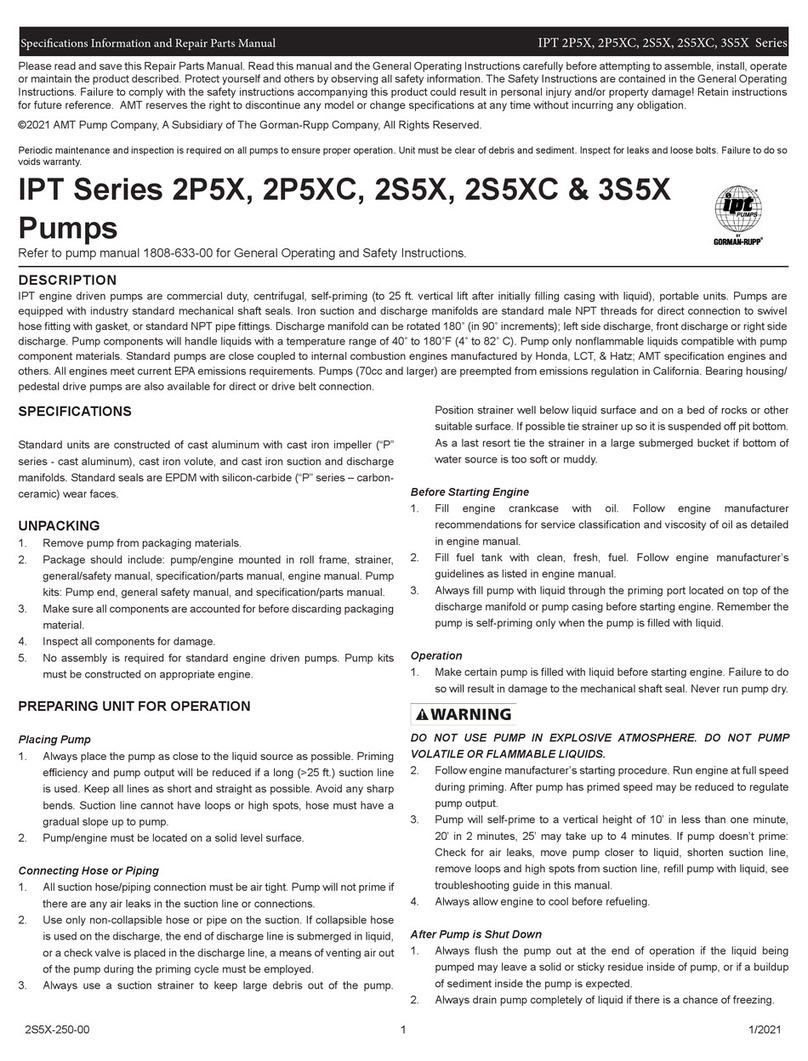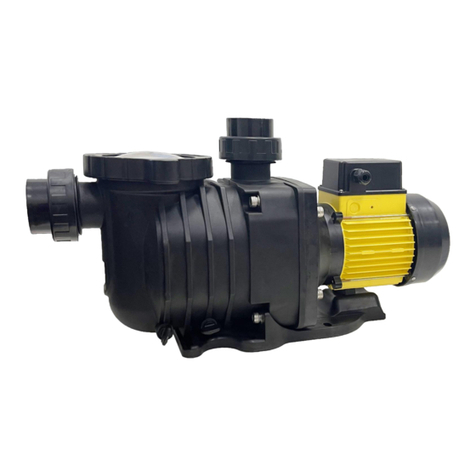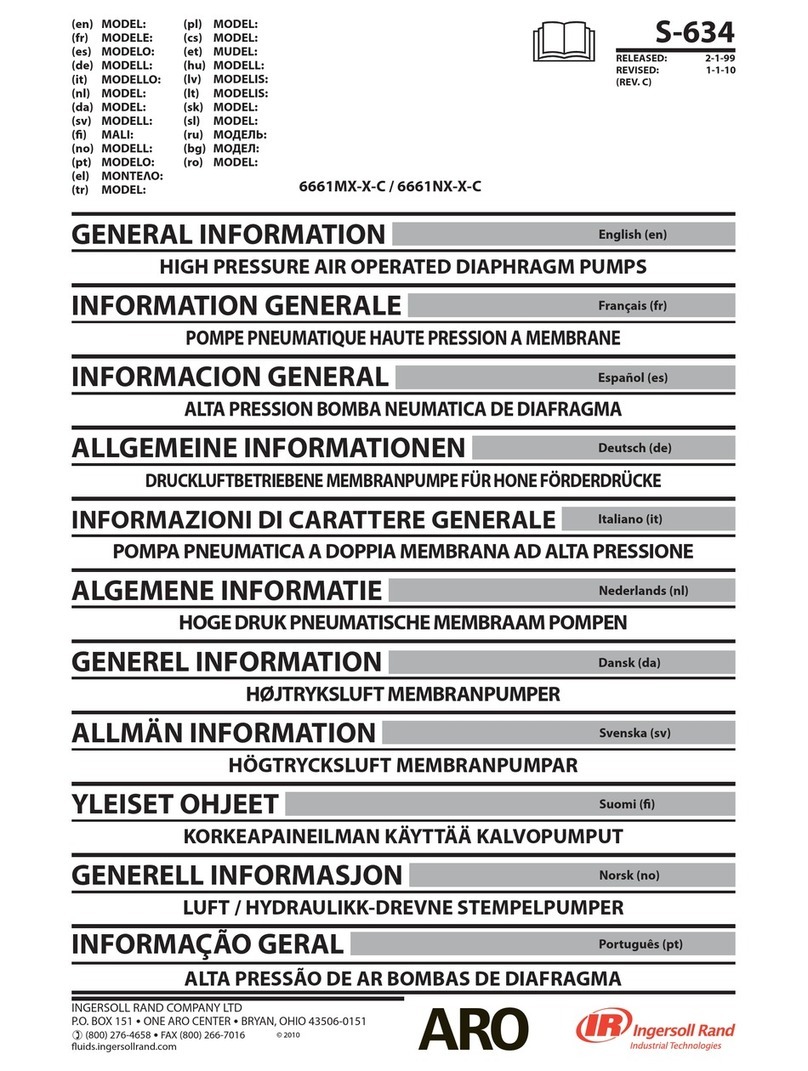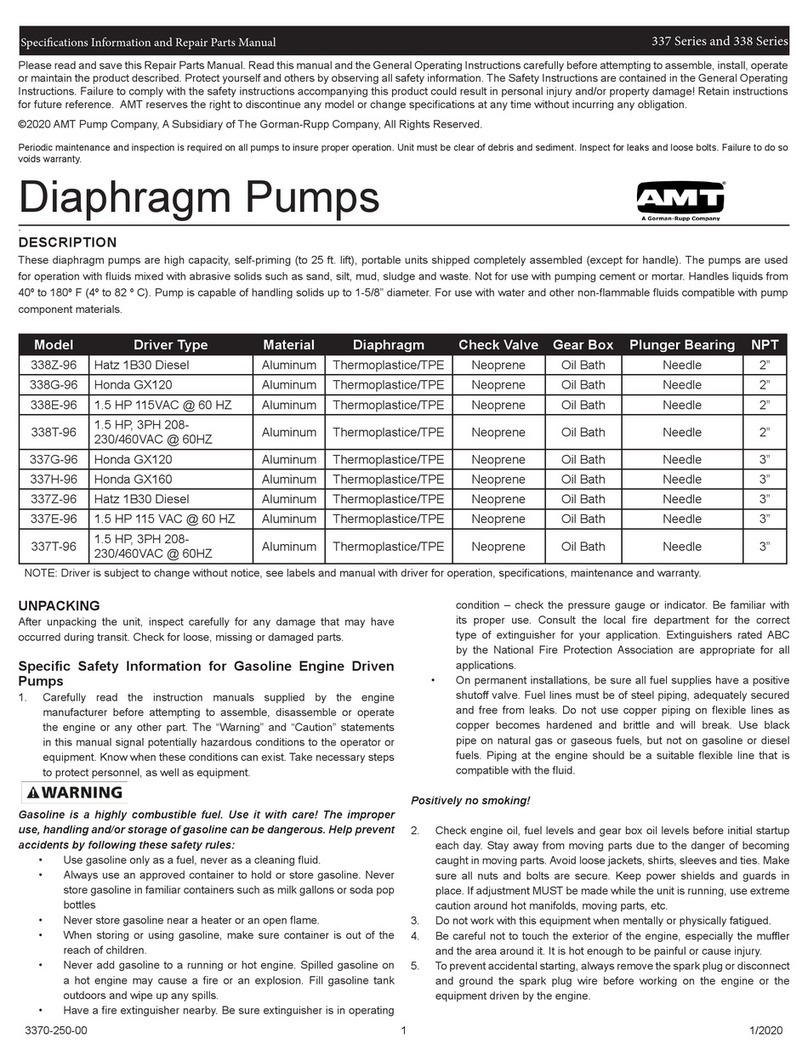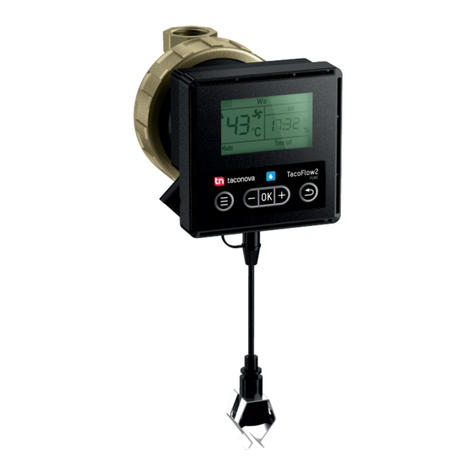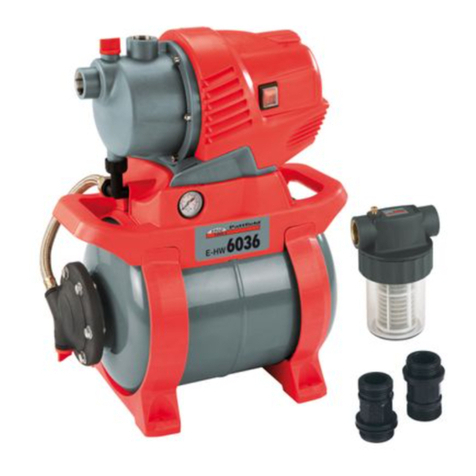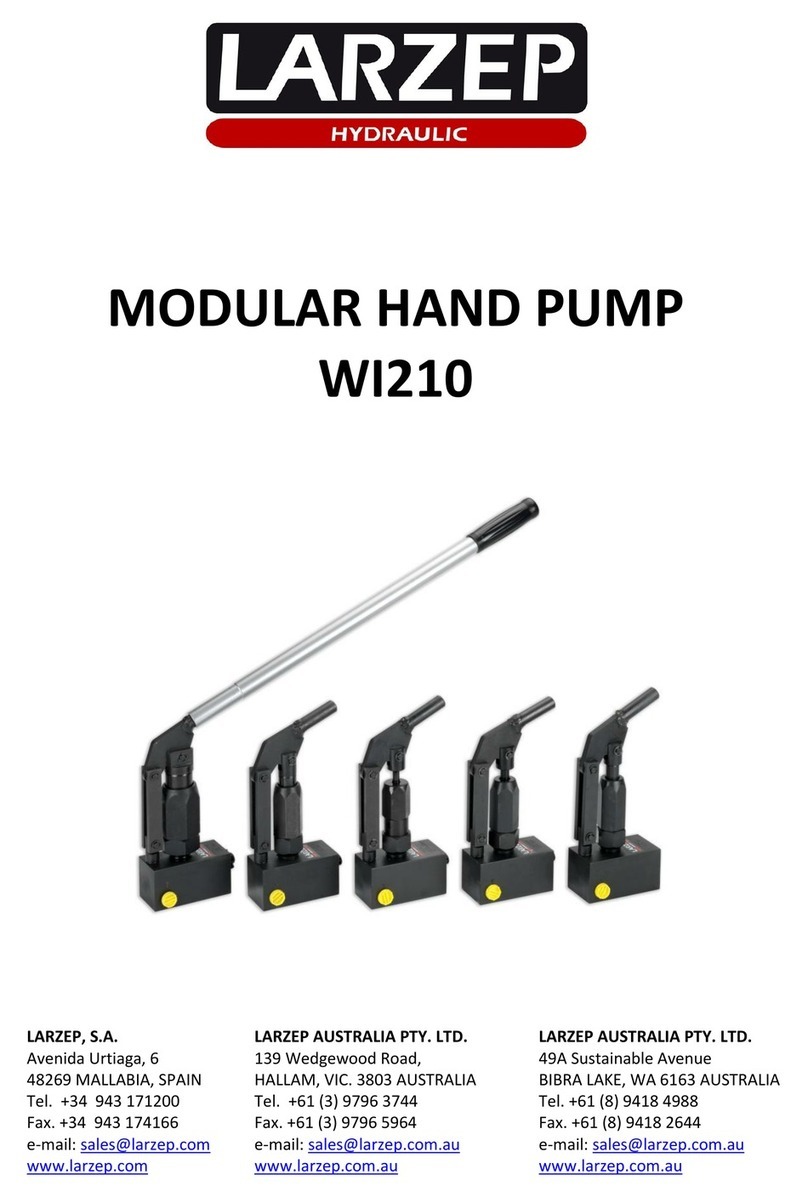
Storm Machinery Standard Warranty
Storm Machinery warrants all equipment referenced in this document which is manufactured by Storm Machinery and bearing its name
to be free from defects in material and workmanship on the date of sale to the original purchaser for use. With the exception of any
special, extended, or limited warranty published by Storm Machinery, Storm Machinery will, for a period of twelve months from the date
of sale, repair or replace any part of the equipment determined by Storm Machinery to be defective. This warranty applies only when
the equipment is installed, operated and maintained in accordance with Storm Machinery’s written recommendations.
This warranty does not cover, and Storm Machinery shall not be liable for general wear and tear, or any malfunction, damage or wear
caused by faulty installation, misapplication, abrasion, corrosion, inadequate or improper maintenance, negligence, accident,
tampering, or substitution of non-Storm Machinery component parts. Nor shall Storm Machinery be liable for malfunction, damage or
wear caused by the incompatibility of Storm Machinery equipment with structures, accessories, equipment or materials not supplied by
Storm Machinery, or the improper design, manufacture, installation, operation or maintenance of structures, accessories, equipment or
materials not supplied by Storm Machinery.
This warranty is conditioned upon the prepaid return of the equipment claimed to be defective to an authorized Storm Machinery
distributor for verification of the claimed defect. If the claimed defect is verified, Storm Machinery will repair or replace free of charge
any defective parts. The equipment will be returned to the original purchaser transportation prepaid. If inspection of the equipment does
not disclose any defect in material or workmanship, repairs will be made at a reasonable charge, which charges may include the costs
of parts, labour, and transportation.
THIS WARRANTY IS EXCLUSIVE, AND IS IN LIEU OF ANY OTHER WARRANTIES, EXPRESS OR IMPLIED, INCLUDING BUT NOT
LIMITED TO WARRANTY OF MERCHANTABILITY OR WARRANTY OF FITNESS FOR A PARTICULAR PURPOSE.
Storm Machinery’s sole obligation and buyer’s sole remedy for any breach of warranty shall be as set forth above. The buyer agrees
that no other remedy (including, but not limited to, incidental or consequential damages for lost profits, lost sales, injury to person or
property, or any other incidental or consequential loss) shall be available. Any action for breach of warranty must be brought within one
(1) year of the date of sale.
Storm Machinery MAKES NO WARRANTY, AND DISCLAIMS ALL IMPLIED WARRANTIES OF MERCHANTABILITY AND
FITNESS FOR A PARTICULAR PURPOSE, IN CONNECTION WITH ACCESSORIES, EQUIPMENT, MATERIALS OR
COMPONENTS SOLD BUT NOT MANUFACTURED BY Storm Machinery.
These items sold, but not manufactured by Storm Machinery (such as electric motors, switches, hose, etc.), are subject to the warranty,
if any, of their manufacturer. Storm Machinery will provide purchaser with reasonable assistance in making any claim for breach of these
warranties.
In no event will Storm Machinery be liable for indirect, incidental, special or consequential damages resulting from Storm Machinery
supplying equipment hereunder, or the furnishing, performance, or use of any products or other goods sold hereto, whether due to a
breach of contract, breach of warranty, the negligence of Storm Machinery, or otherwise.
FOR NON-ENGLISH SPEAKING CUSTOMERS
The Parties acknowledge that they have required that the present document, as well as all documents, notices and legal proceedings
entered into, given or instituted pursuant hereto or relating directly or indirectly hereto, be drawn up in English.
FRENCH
Les parties reconnaissent avoir convenu que la rédaction du présente document sera en Anglais, ainsi que tous documents, avis et
procédures judiciaires exécutés, donnés ou intentés, à la suite de ou en rapport, directement ou indirectement, avec les procédures
concernées.
SPANISH
Las partes reconocen haber convenido en que la redacción de este documento será en Inglés, así como todos los documentos,
notificaciones y procedimientos judiciales emprendidos, dados o incoados como consecuencia de o en relación directa o
indirectamente con los procedimientos pertinentes.
PORTUGUESE
As partes reconhecem que eles concordaram que a elaboração deste documento será em Inglês, bem como todos os documentos,
notas e processos legais inseridos, atribuídos ou instituídos, como resultado de ou em conexão direta ou indiretamente com os
procedimentos pertinentes.
ARABIC
ﻱﻉﺕﺭﻑﺍﻝﻁﺭﻑﺍﻥﺃﻥﻩﻡﺍﺍﺕﻑﻕﺍﻉﻝﻯﺃﻥﺹﻱﺍﻍﺓﻩﺫﻩﺍﻝﻭﺙﻱﻕﺓﺱﻭﻑﺕﻙﻭﻥﺏﺍﻝﻝﻍﺓﺍﻝﺇﻥﺝﻝﻱﺯﻱﺓ٬ﻭﻙﺫﻝﻙﺝﻡﻱﻉﺍﻝﻭﺙﺍﺉﻕﻭﺍﻝﺇﺵﻉﺍﺭﺍﺕﻭﺍﻝﺇﺝﺭﺍءﺍﺕ
ﺍﻝﻕﺍﻥﻭﻥﻱﺓ ﺍﻝﺕﻱ ﺃﺏﺭﻡﺕ٬ ﻡﻉﻱﻥ ﺃﻭﻭﺽﻉﺕ ﻥﺕﻱﺝﺓ ﺃﻭﻑﻱﻡﺍ ﻱﺕﻉﻝﻕ ﺏﺹﻭﺭﺓ ﻡﺏﺍﺵﺭﺓ ﺃﻭﻍﻱﺭ ﻡﺏﺍﺵﺭﺓ ﻡﻉﺍﻝﺇﺝﺭﺍءﺍﺕ ﺫﺍﺕ ﺍﻝﺹﻝﺓ
TO PLACE AN ORDER, please contact your nearest Storm Machinery distributor.
www.stormmachinery.com.au
www.stormachinery.co.za
All written and visual data contained in this document reflects the latest product information available at the time of publication.
Storm Machinery reserves the right to make changes at any time without notice.




















